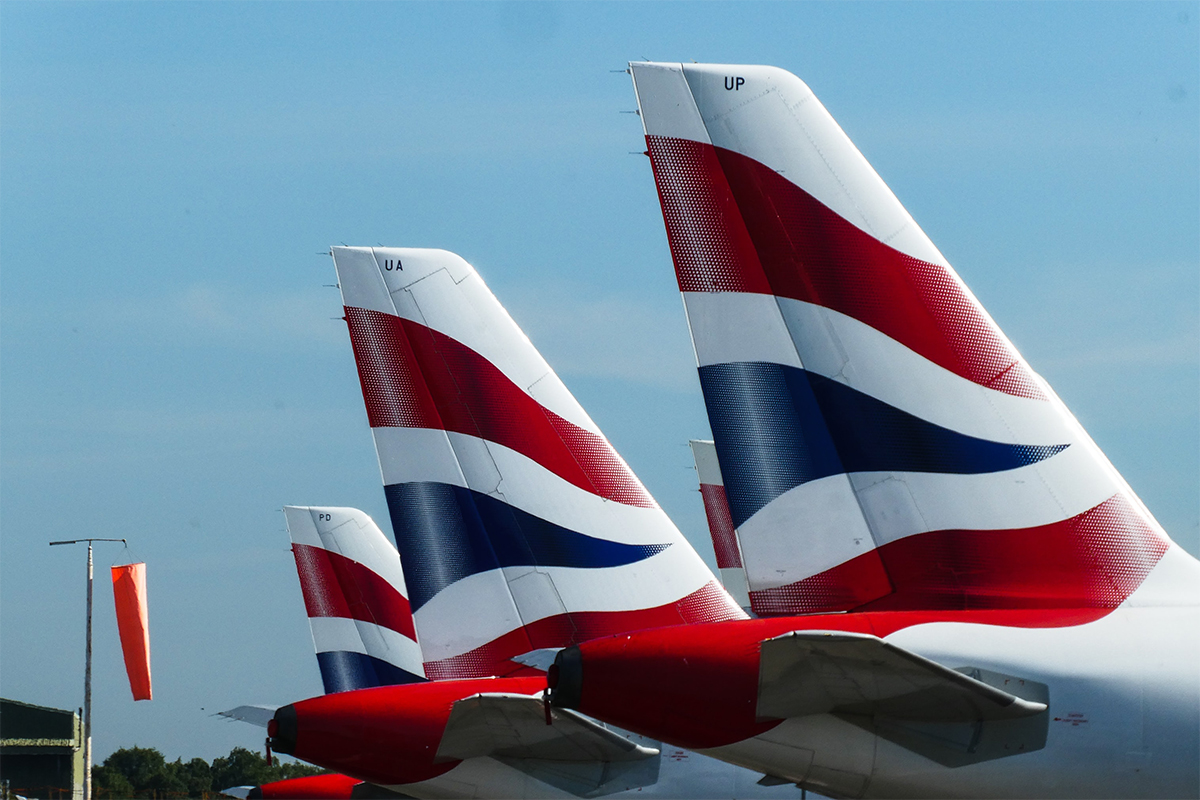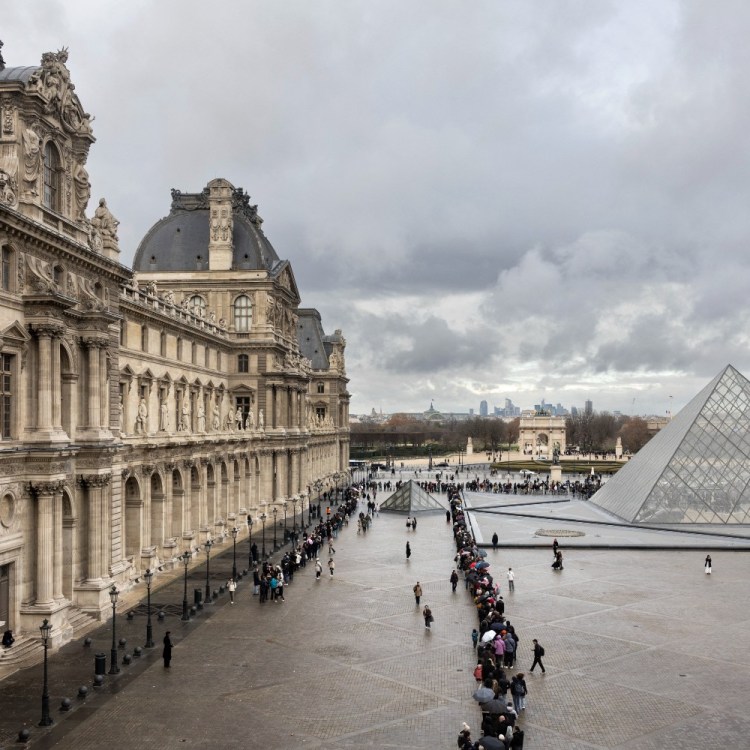Back on July 1st, the European Union opened its borders to 14 different countries. The United States did not make the cut.
There has been little in the month and change since to warrant serious reconsideration. The U.S. is still posting gaudy numbers — close to 60,000 cases a day. When the EU updated its list of countries welcome back, this time for the period beginning July 31st, the country that spends $144 billion a year on tourism did not make the cut.
For most Americans, international travel in 2020 appears to be fundamentally out of the question. A passport that usually ranks in the top 10 throughout the world (with visa-free access to 185 countries) is currently useless at scores of immigration checkpoints. But there are some countries Americans can still travel to at the moment, and they aren’t just tourist havens in Mexico and the Caribbean looking to jumpstart their tourism sector with “digital nomads.” In fact, Americans actually can leave the Western Hemisphere right now, and travel to exactly one European country.
Thanks to Brexit — there’s the first and last time that starts off a paragraph — the United Kingdom hasn’t stopped accepting American visitors. The U.K. officially left the E.U. in January, so it’s completely separate from the travel deliberations in Belgium. In other words: you can fly to the U.K. whenever you like. Should you? That depends. This week, the U.S. State Department lifted its Global Level 4 Health Advisory, which was originally posted back in March (and stated that people should avoid international travel to all countries). The timing is strange: America is not yet out of the woods with COVID-19, but assuming you aren’t sick, are willing to go through some painstaking booking procedures and own a face mask, it’s very much possible to pull this trip off.
I know that, because I just did it. As of a week ago, I’m back from 17 days in the UK. It came after five months of lockdown in New Jersey. But I certainly could’ve benefited from some knowledge before I set off. To that end, I’ve summed up my biggest takeaways below, from quarantining rules to ghost-town airports to whether there’s anything you’re going to have to fill out.
(The answer is yes. You always have to fill something out.)

Booker beware
Let’s get this one on the table immediately: flying international in 2020 is asking for a merry-go-round of last-minute cancellations, hidden fees and ignored refund requests. You might consider it real-time penance for choosing to travel at all. I had flights canceled on my way to and from the United Kingdom, and spent enough time waiting for my airline (Finnair) and my third-party travel agency (Ovago) to pick up that I could still semi-accurately hum you their hold music. If you’re going to take the plunge, though, I’d encourage you to prioritize two things:
- Book directly with an airline. It will be so tempting not to. Sites like Ovago are offering rock-bottom prices at a time when round-trip European flights are beefier than you remember. (They’re closer to $1,000 than $500 — it sort of resembles the early 2010s, before the Nordic airlines got involved and made everything cheaper.) But Ovago will without fail redirect you to the airline when your flight gets canceled, prompting you to write very Karenish things like, “Well I’ll just have to involve my lawyers then … ” Avoid the mess and pay a bit more upfront.
- Find an airline with a “flexible” COVID-19 policy. Airlines you want to prioritize when flying to the U.K. include Aer Lingus, British Airways and Finnair. In event of a cancellation, all will allow you to change a flight without any additional fees. (You’ll just have to pay the difference.) And if you decide to not go at all, of those three, Finnair will give you a full refund instead of a travel voucher. Just be prepared to wait several weeks. Again — it was a slog. For a comprehensive list on pandemic-era policies for a variety of airlines, head here.
Naturally, there’s a form
Two days before my trip to the United Kingdom, I had to fill out the country’s “Public Health Passenger Locator Form.” You can check it out here. It’s disseminated by UK Visas & Immigration, and asks a series of basic questions, including: “What address will you stay at for your first 14 days in the UK?”; “Will you be traveling to the UK as part of an organised group?”; and “Are you able to be contacted by telephone?”
The idea, obviously, is to make sure you’re not landing at Heathrow and heading straight to a pub. Anyone entering the country has to fill out this form, but Americans (unlike Australians, Germans, South Koreans and so many others) actually have to self-isolate for 14 days. After you fill out the sheet through the online portal, you’ll be sent a PDF that you’re supposed to present at immigration. I expected a more robust interrogation than usual when I landed in London, but my officer just gave my stapled sheets a look, tapped some keys on his computer and sent me along.
One “con” among many pros
Yes: Airlines are now spray-nozzling their cabins, some cockpits are getting the ultraviolet light treatment, and the air that cycles through a plane’s filters actually isn’t as stale as you think. But you still have to wear your mask on a flight, from wheels up to the final tarmac. Beyond being a proven method for reducing the transmission of COVID-19, it’s just part of the good faith contract of flying in 2020 no: one wants to see a self-proclaimed “conservative activist” three rows up refusing to cover his nostrils.
All that said, it’s by no means fun. Seven-and-a-half hours is easily the longest time I’ve sat with a piece of cloth a millimeter from my face before. You just have to chalk it up as another necessary discomfort in a situation that is full of them, and learn to appreciate the brief, blissful moments you can take it off — namely, to eat Walkers Scottish Shortbread. (I have to imagine that with empty flights, airlines are struggling to figure out how many snacks they should order. Flight attendants came around with those British biscuits four times; I had some trouble saying no.)
Another plus, especially for me (I’m 6’3″) is the ridiculous amount of space now available. I had an entire row to myself both on the way to the UK and back. That should mean a little less stress for you when choosing a seat online. But even as flights creep back up again — each month about 100,000 more Americans are flying — there is discussion in the industry about eliminating the middle seat entirely. For now, it’s all very off-book. On my British Airways flight, the flight attendant just started sending people to different corners on a whim to make sure no one was near each other.
Two weeks is a while
At my end destination in the U.K. — a quiet town up the coast from Edinburgh — I was staying at the home of a close friend. No one from U.K. Visas & Immigration, or the Department of Health & Social Care, ever reached out to me. They needn’t have worried anyway: I didn’t want to let my host country down and respected the quarantine protocol.
Thanks to the leadership of First Minister Nicola Sturgeon, Scotland has been vigilant and successful in its fight against COVID-19. The council area I was in has had 948 cases all year. My home county in New Jersey has had twice the amount of coronavirus cases (around 20,000) than the entire country of Scotland. Because of that, though, places that dodged the worst of it can feel eerily normal at the moment: in this town, beaches, tennis courts and biergartens were open or opened while I was there. It definitely makes it difficult to follow the demands of your self-isolation period, which, for example, suggests you don’t even leave the house to walk a dog.
To that point: I did walk along the beach, play tennis and have a beer. I did these things outside, with a mask on, and didn’t bandy about in a star-spangled Speedo as I did them. If you decide to take your trip further than that, keep in mind that other countries have more robust contract tracing-systems than us, and playing fast and loose with the rules may not end well. As for the concept of 14 days in quarantine — keep in mind that that’s a long time. If you don’t have someone to stay with, you’ll have to spend a ton of money for temporary accommodation. And until two weeks are up, you’re stuck in that house (or at least, the general area around that house). It’s a commitment.
A final form
One of my coworkers recently flew to New Mexico for an extended stay. I caught up with him after he got back, and it sounds — however anecdotally — like the casual experience I had upon returning to the States applies to domestic travel, too. Visitors entering New York from 35 different states are currently expected to quarantine upon arrival, but there is little framework to enforce that. For better or worse (and considering the behavior of so many Americans this year, maybe for worse), it’s one giant honor system.
When I got back from the UK, the airline handed out a form similar to the “declarations” paperwork we’re all used to, only this time it asked where I’d been and what I’d been up to. After leaving the jet bridge, I handed that hastily handwritten piece of paper to a public health official in a hallway, had my temperature taken, chatted with immigration and moved right along. There is some nugget of irony somewhere in all this — it took a pandemic for air travel to become a breeze — but this isn’t the time or place.
If you do decide to spend 14 days or more in the United Kingdom this year, I wish you well. At some point, three extra helpings of shortbread will make your canceled flights worth it. But remember, also: there’s a reason there’s only one European country that we can visit right now. Please don’t give it a reason to join all the others.
This article appeared in an InsideHook newsletter. Sign up for free to get more on travel, wellness, style, drinking, and culture.























